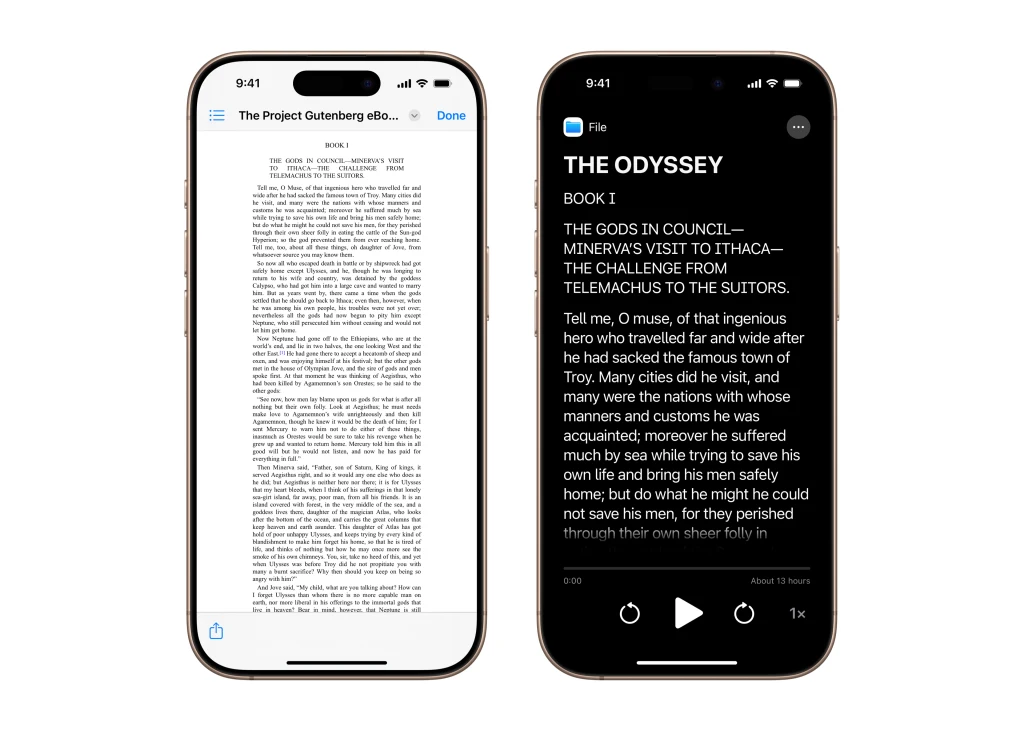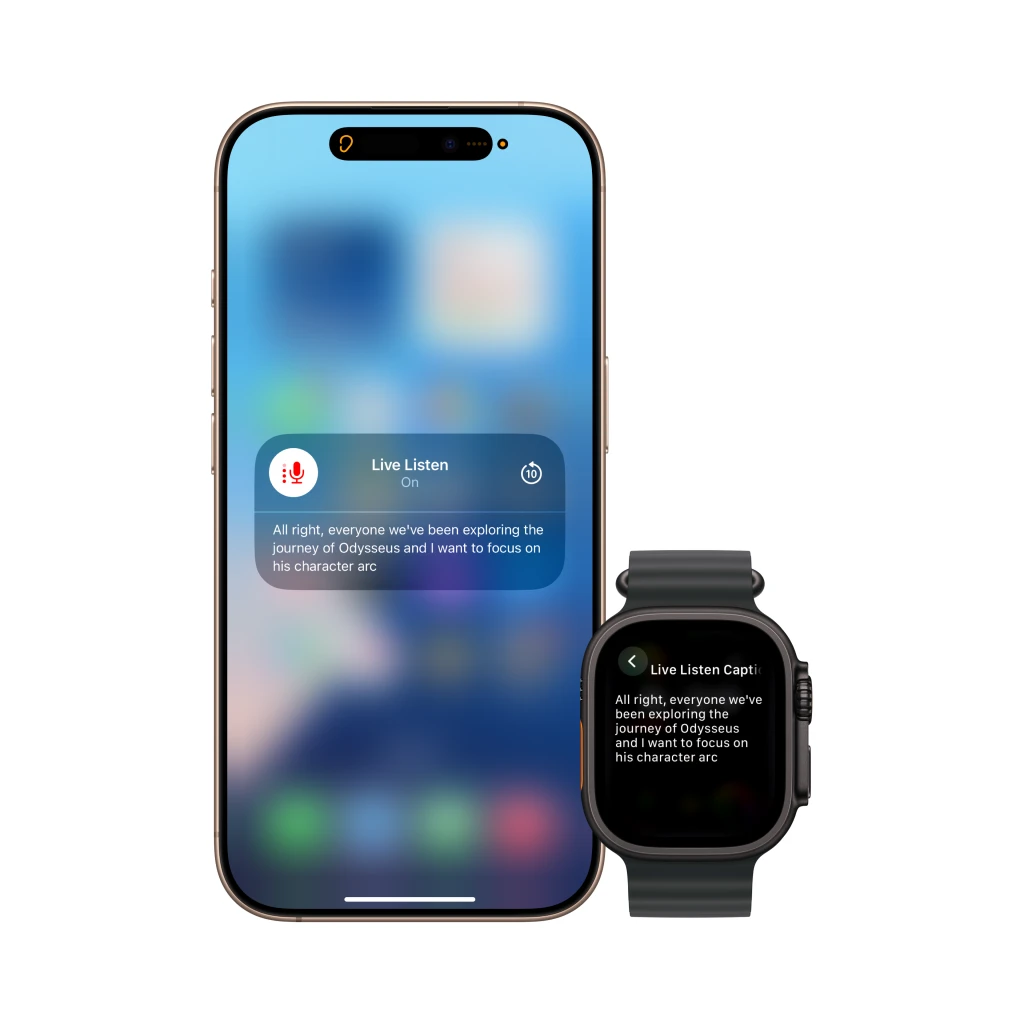You can learn a lot about an app before you download it from Apple’s App Store, such as what other users think of it, the access it has to your personal data, and how much storage it occupies. Starting soon, listings will also include a section on something critically important to millions of people: the accessibility features an app supports. Designed to help users with disabilities make more informed decisions about which apps to try, these new “nutrition labels” are part of a bevy of announcements Apple is making to mark this Thursday’s Global Accessibility Awareness Day. The company says they’ll all be available later this year.
The new accessibility-details feature, which really is called “Accessibility Nutrition Labels,” lets developers indicate support for existing Apple features such as VoiceOver, Voice Control, Larger Text, Sufficient Contrast, Reduced Motion, and captions. Some app providers already cover this ground in their app descriptions; third-party resources such as AppleVis are also valuable. But for the first time, Apple is providing a dedicated, consistent spot for accessibility information. Users will know where to look for it. Developers who enable these features will get credit for their efforts. And with any luck, many more companies will be incentivized to make their products as accessible as possible.

Apple is also spotlighting a new Mac version of Magnifier, a feature for making real-world text and other elements easier to see. (It’s existed on the iPhone and iPad since 2016.) The Mac version works with USB cameras or an iPhone’s camera to enlarge text, adjust its perspective and contrast, and otherwise help people with impaired vision read more quickly and easily. It can handle multiple sources at once—for instance, capturing writing on a classroom whiteboard while simultaneously scanning in pages from a book. It also works with a new feature called Accessibility Reader that reformats textual material to be more legible and is embedded in Apple’s operating systems, so it’s available in any app.
Other new items the company is previewing for Global Accessibility Awareness Day cover all of its platforms. For example, Braille Access is a feature for the iPhone, iPad, Mac, and Apple Vision Pro that lets braille users take notes and perform calculations, either with the Apple device alone or with specialized braille input hardware. (Apple supports more than 70 such products.) A feature called Live Listen allows an iPhone to be used as a remote microphone and displays captions in real time on an Apple Watch. Eye tracking, an existing input option on iPhones and iPads, is being upgraded for easier typing. Vision Pro is adding new features for magnification and spoken descriptions of environments, plus software hooks to let accessibility apps such as Be My Eyes get access to its main camera. Even CarPlay is getting some updates, including the ability to alert deaf and hard-of-hearing users to sounds such as a baby’s crying, sirens, and honking cars.

Yet another Apple announcement involves Personal Voice, a 2-year-old feature that lets people with amyotrophic lateral sclerosis (ALS) use an iPhone, iPad, or Mac to create a digitized version of their voice for later use after the progressive disease has made speaking difficult or impossible. When I wrote about the original version of this feature in 2023, the fact that a user needed to spend only 15 minutes recording phrases and wait a few hours for the device to generate the digital voice was an impressive advance over previous technologies for voice banking. Apple says the new version requires only 10 phrases and less than a minute of on-device computation to generate a voice. In a brief demo the company gave me, the results sounded significantly more natural than those from the first version.
Knock Apple for being “behind in AI” if you please—but Personal Voice is one potentially life-changing area where it seems to be making a giant leap forward.
Inicia sesión para agregar comentarios
Otros mensajes en este grupo.

Instagram’s new location-sharing Map feature is raising privacy concerns among some users, who worry their whereab

Crypto is booming again. Bitcoin is near record highs, Walmart and Amazon are report

Greetings, salutations, and thanks for reading Fast Company’s Plugged In.
On August 4, Amazon announced that it was restructuring its Wondery podcast studio. The compan


Remember when the internet cried actual tears for an anglerfish earli

Welcome to AI Decoded, Fast Company’s weekly newsletter that breaks down the most important news in

U.S. state legislatures are where the action is for placing guardrails around artificial intelligence technologies, given
